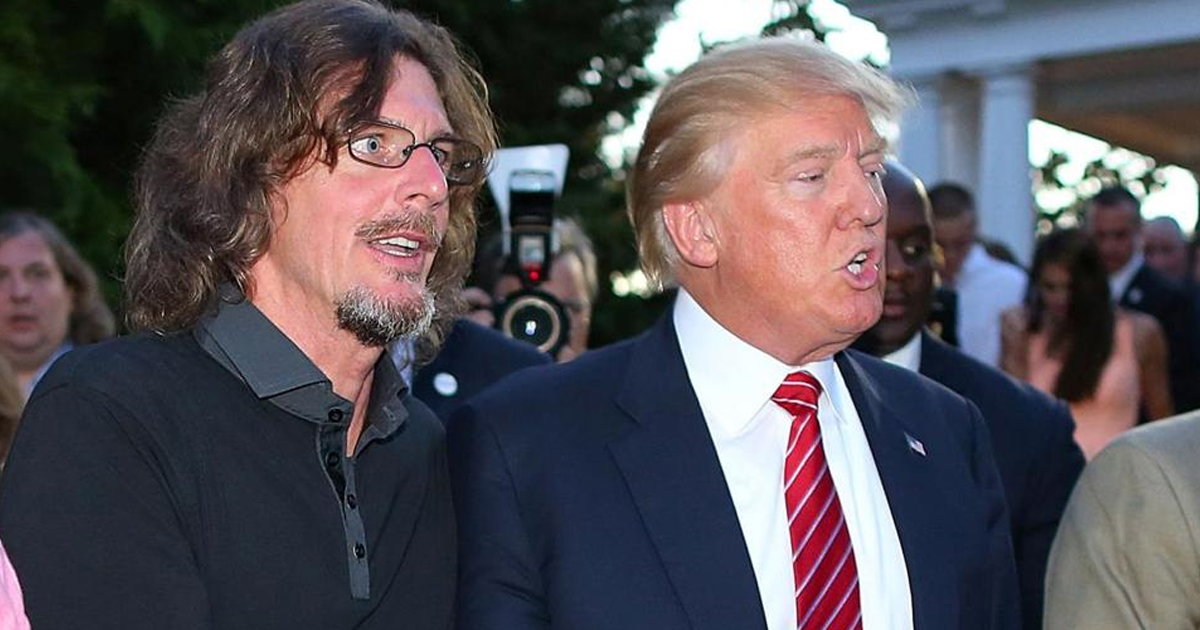Government propaganda isn’t anything new – it has been a tool for centuries. There nonetheless seems to be a lot more of it these days, thanks to the Internet, social media, and the spread and dissemination of what is now labeled as “fake news.”
In light of the Washington Post’s recent admission that an article on Russian propaganda and fake news was based on “sham research,” it appears that even publications which were once considered reliable sources of information are increasingly becoming part of the federal government’s “Ministry of Truth” (as George Orwell described it in 1984).
The word “propaganda” comes from Latin. The phrase was first used by the Roman Catholic Church during the Protestant Reformation of the 16th Century to describe its own strategy to combat what was seen as heresy: congregatio de propaganda fide, meaning “the congregation for the propagation of the faith.”
However, it goes back much further: during his wars of conquest of the 4th Century BCE, Alexander of Macedonia had his armorers create oversized armor, which were then left on the field after a retreat. The purpose was to convince the enemy that Alexander’s army was made up of giants, thus intimidating and discouraging them from pursuit.
In modern America, government-funded propaganda has been used repeatedly to drum up support for every war the nation has been in involved in. During the Cold War, the U.S. government produced official propaganda targeted at audiences overseas, such as Radio Free Europe and Voice of America. However, the broadcasting of that propaganda to domestic audiences was greatly restricted by the passage of the Smith-Mundt Act, which was signed into law by President Harry Truman in 1948.
The Smith-Mundt Act was amended a number of times over the decades, but the bottom line was this: American taxpayers should not be funding propaganda aimed at themselves. It was the last bulwark that We, The People had against domestic attempts by our own government to control our thoughts and opinions.
That all came to an end in July of 2013. An amendment was quietly signed into law by President Obama, essentially legalizing the use of propaganda on U.S. audiences. The amendment gutted both the Smith-Mundt Act and the 1987 Foreign Relations Act, both of which had protected U.S. citizens and residents from being subject to propaganda from their own government.
At the time, an official at the Pentagon expressed grave concerns:
“[The new law] removes the protection for Americans…it removes oversight from the people who want to put out this information. There are no checks and balances. No one knows if the information is accurate, partially accurate, or entirely false.”
Now, this scenario has come to pass. Of course, the repeal of Smith-Mundt wasn’t the only nail in the coffin; self-serving lawmakers have been chipping away at the wall between real journalism and propaganda for decades.
The most egregious example of this was the repeal of the Fairness Doctrine, a policy instituted in 1949 requiring those holding broadcasting licenses to present all sides of important public issues. That was abolished under the Reagan Administration in 1987 in the name of “free speech.”
Now, between the repeal of Smith-Mundt, the ending of the Fairness Doctrine, and the increasing concentration of media ownership and control by major corporations, the sad result is that it is becoming difficult to believe anything, anymore.
Americans’ trust in their government has been steadily eroding for many years – and given the state of the media and who will be running the country for the next two to eight years, that situation is not going to get any better.




